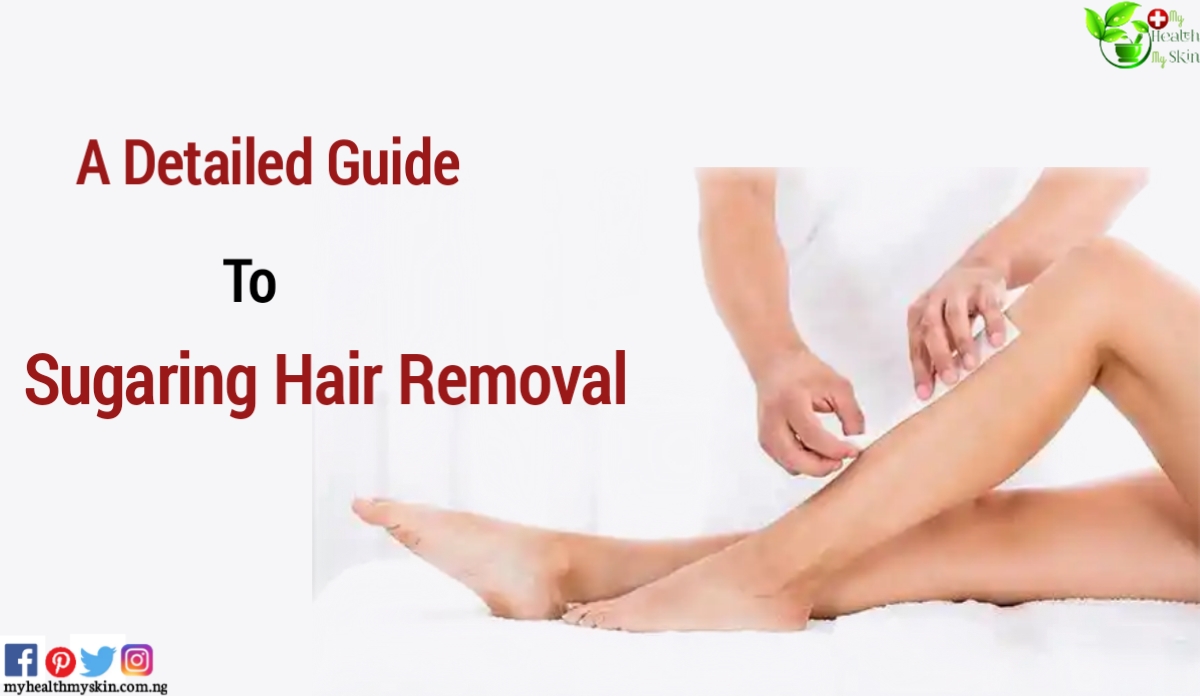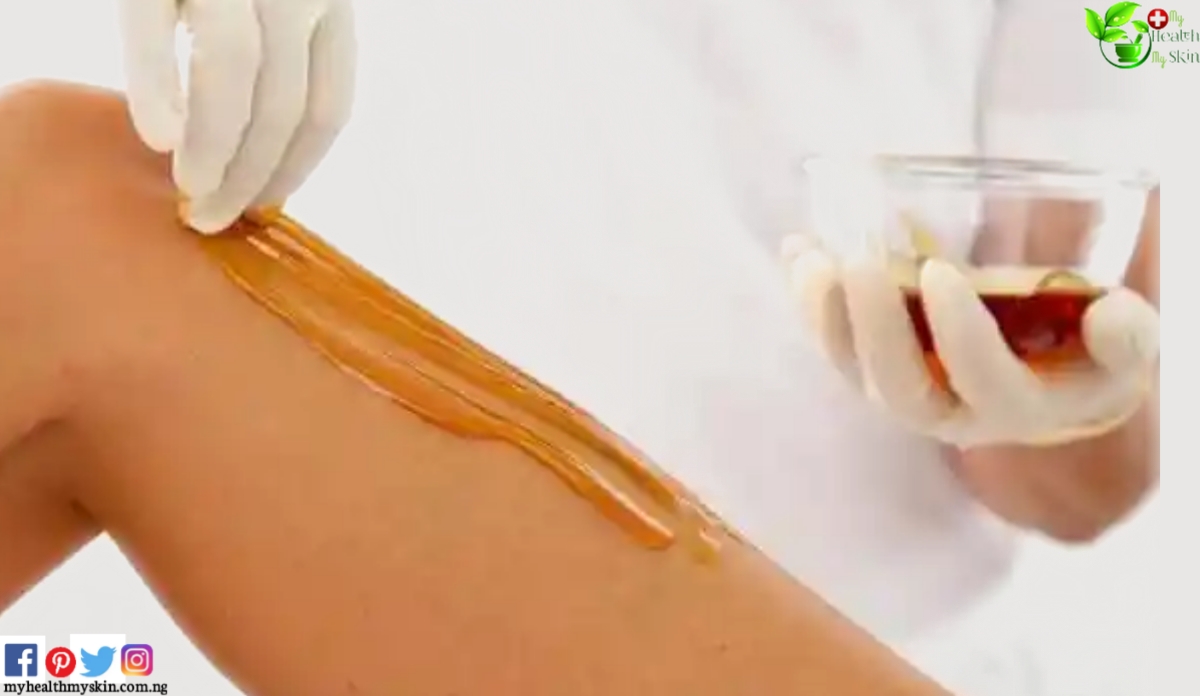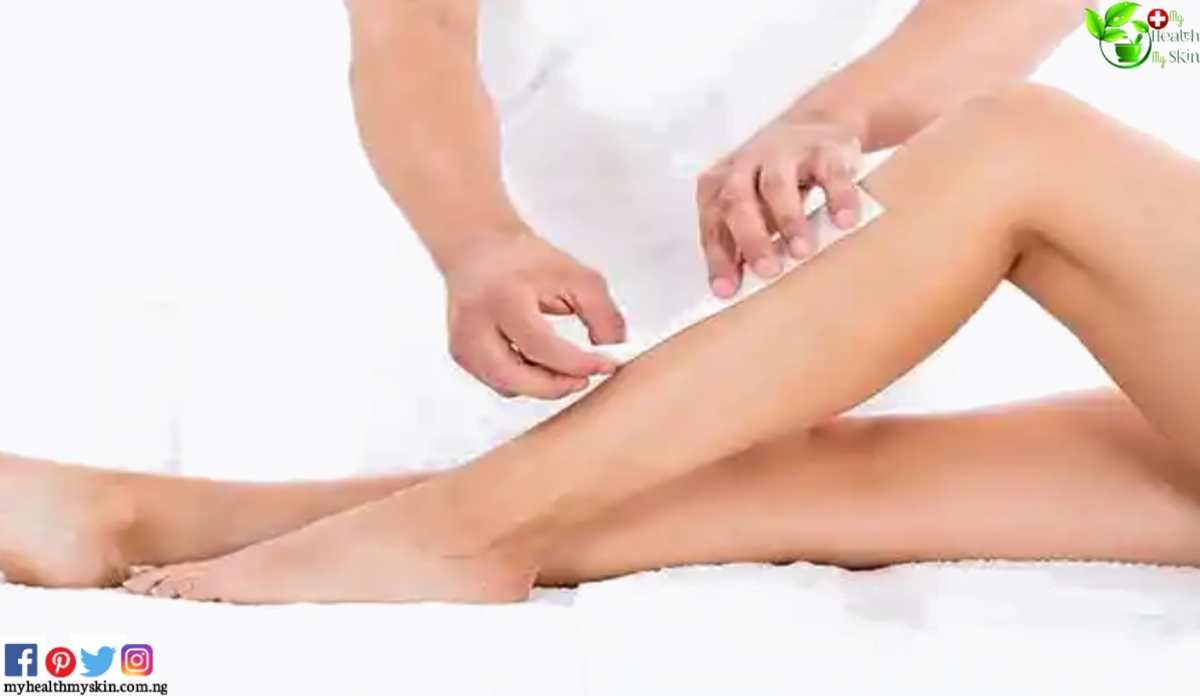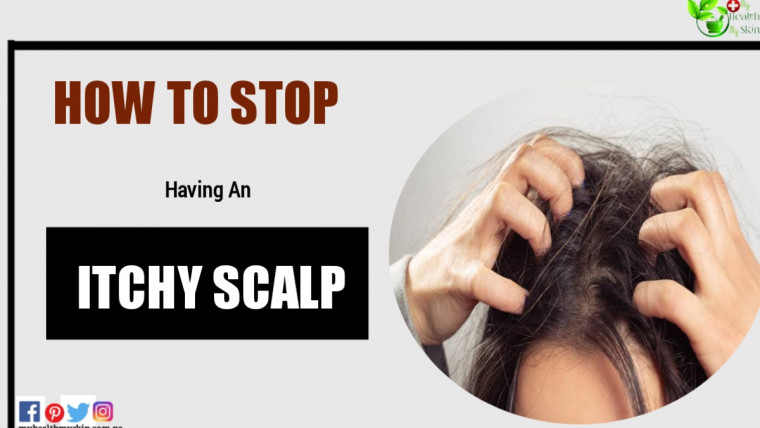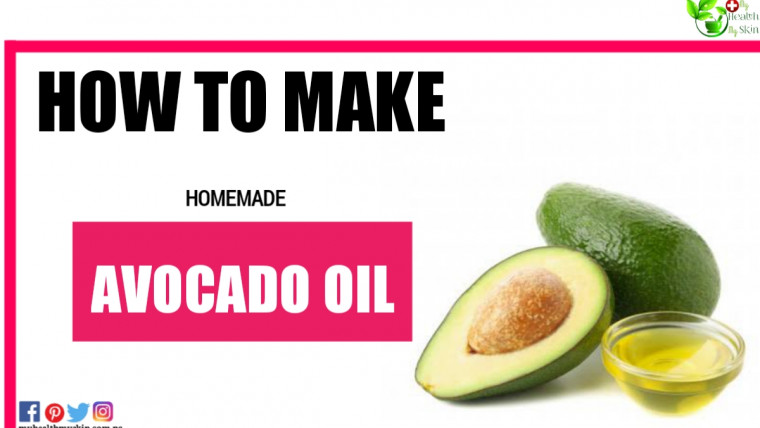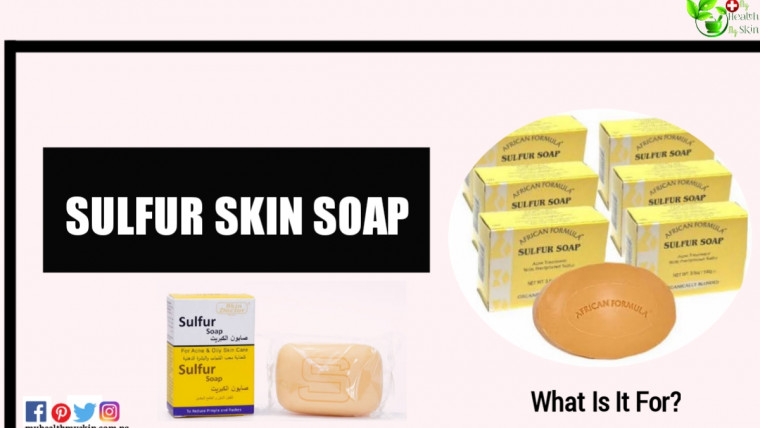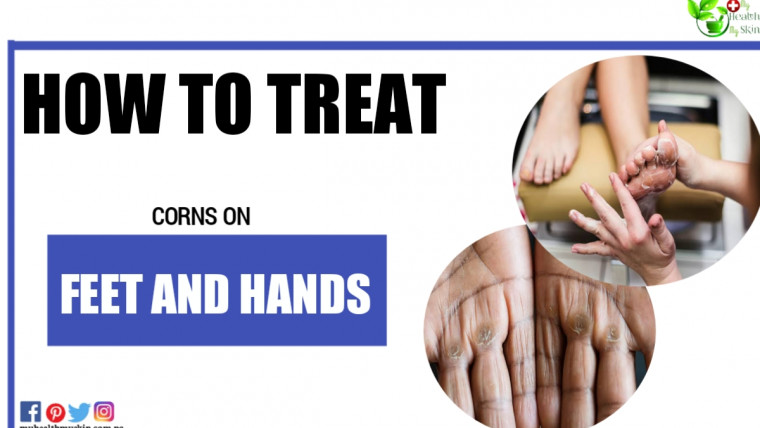The hair removal process is a bit like season. Everyone has a favorite but, there is no perfect way to get rid of unnecessary hair. Shaving does not last for a long time, depilatories are hit or miss, and waxing may harm like hell.
However, if there is any ideal way that is close to hair removal, maybe sugaring might be the answer we have been looking for.
A conventional ancient Egyptian hair removal method, sugaring involves the use of 100% natural paste to remove hair in the root source. Unlike waxing, it does not need to strips or cloth for removal, and some even prefer it to other hair removal techniques.
Sugaring is a far-excellent hair removal method, because when you remove the root, follicles will have less blood supply, so that will in turn weaken it.
You get less hair growth every time, and the growing hair will be more refined and sparse. Final Result: Smooth, no hair, lasts for four to six weeks.
In the article, I will be unveiling a board-certified dermatologist tips on sugaring and on everything there is to know about sugaring. Keep reading to learn about what sugaring is, if it’s painful, and how much it costs.
What Is Sugaring?
Sugaring hair removal is removed by sticky and gel-like paste. Paste composed of lemon, sugar and water, is safe, natural, no chemical additives. It is suitable for areas with unwanted hair and then removed in the direction of hair growth.
More importantly, because sugaring can’t stick to the top of the skin, it doesn’t pull to live cells (unlike the waxing, which breaks the hair at the surface).
Instead, it removes the hair from the root (the bulb at the end of the hair that resembles an onion), making it especially effective for ingrown or curly hair
How Sugaring Work?
It can be hard to believe that what we know and love as our morning coffee’s finest accomplice can really help get rid of unnecessary hair.
But how? Let me explain
Firstly, the area of skin that’s going to be sugared is cleansed. Then, powder is applied, which gives some distance between the skin and sugar paste.
Once the skin is prepped, the sugar paste is molded while it’s slightly warm and is applied to the skin against hair growth. The dried paste is then flicked off in the same direction of hair growth. Yes, that’s it! No cloth strips or sticks required.
Like with plucking, as time goes on (and with constant upkeep), damage to the hair follicle may cause a reduction of hair growth. Even better, the hairs that do grow may be thinner, finer, and sparser.
One caveat: You’ll need Atleast eighth- to a quarter-inch of hair growth in other for the sugar to catch the hairs. Just like with waxing, you’ll have to be OK with a little fuzz in between appointments.
What Areas in the Body Can Be Sugared?
sugaring is gentle enough for soft skin and can be applied on any part of the body (basically, anywhere you’d wax). The most common areas are the abdomen and Brazilian to legs and toes. Other areas include:
Bikini: While sugaring this area can still be done during your monthly cycle, your skin may be more sensitive. This area typically takes between 30 to 45 minutes to sugar.
Legs: The sugaring process may take longer for a larger area like the legs, expect the appointment to last about 45 minutes.
Underarms: An experienced esthetician can sugar your underarms in under five minutes.
Arms: Depending on how long the hair is (and whether or not you shave this area), sugaring the arms can take about 30 minutes.
if there’s an present skin disease on the desired Sugaring area, such as folliculitis or eczema, Sugaring needs to be avoided, as it can exacerbate the issue.
Sugaring vs Waxing, which is Less Painful?
One thing to note: Sugaring doesn’t not hurt. Many people do find it less painful than waxing. Sugaring does not stick to live skin cells, only to the hair and dead skin cells, which means less irritation and discomfort.
There’s still a bit of an underlying factor when it comes to sugaring, as its still removing hair from the root, but the feedback we’ve received from our clients is that they find it less painful than waxing. And because sugaring may thin the hair and damage the hair follicle, as time goes on, the procedure will be less painful.
How does the Aftercare of Sugaring Feel Like?
Let’s get one thing straight: Sugaring is a pretty straight-forward process, there are few things to keep in mind in terms of aftercare, particularly when it comes to your lady bits or man parts. After a Brazilian, wearing loose clothing is important to let your skin breath.
Avoid working out and sitting in a tub, Jacuzzi, sauna, or anything with high heat, the area will be sensitive and is more prone to bacteria.
Also showering is permitted, but exfoliation should wait an extra 24 hours, as should skin-to-skin contact.
Twenty-four hours post-sugaring, though, it’s a different ballgame. It’s essential to exfoliate your skin every day to avoid ingrown hairs.
Salicylic acid is a great option for exfoliating, as is vitamin E and aloe for moisturizing the skin following a treatment. Maintaining that keeping the skin hydrated can help decrease inflammation and the chance of infection.
How to Make a Sugar Wax?
Things Needed
- 1 cup (200 grams) granular white sugar
- 1/8 cup (30 ml) lemon juice (preferably bottle)
- 1/8 cup (30 ml) temperature water
Method / Step
1/9 Firstly, put a medium pot on the stove. Even if this formulation makes a considerable small amount of sacchaow wax (approximately 2 legs), it can also be made using a medium or large pot. When heating is heated, the mixture begins to foam. If you use a small pot, it may overflow.
2/9 Add sugar, lemon juice and warm water into the pot. A granular sugar is quantified and poured into the pot. Then add lemon juice and warm water. Stir makes it combined.
3/9 heating makes the mixture boil. The combustor is raised so that the mixture is heated until start boiling. Stirring is often stirred. Note the mixture because the mixture will foam when heated.
4/9 Reduce heat to medium. Once the mixture begins to foam and boil, heat the heat to medium. Continue to stir often stir. At this time, the sugar should be completely dissolved in the liquid.
5/9 When the mixture turns into a golden color, the pot is removed from the fire. Continue to boil the mixture. Once the smooth consistency is reached, the source should be turned off and the pot is moved to another burner.
Does Sugaring Results Last?
Yes, it last depending on the area and the rate at which your hair grows. Sugaring results typically last around three to five weeks.
The beauty of sugaring is that it can reduce hair growth with time, that is you’ll have less hair to sugar every time a new appointment rolls around.
Board-certified dermatologist experts recommends booking your hair removal appointments on a regular maintenance schedule (every four to six weeks) to ensure the smoothest result and most painless service possible.
Sugaring vs Waxing Which is Expensive?
Sugaring tends to be more expensive than waxing. Depending on which salon you visit and the area you’re sugaring, the cost will vary.
Sugaring starts at $13 (for the toes) and goes up to $118 (for the full legs).
At SugaringLA, prices range from $16 for the upper lip to $126 for the full legs.
Can Sugaring Be Done at Home?
Experts suggests that sugaring should be left to the professionals. Sugaring should always be done to clean skin by a trained pros to minimize any complications or risk in sugaring.
Also, mastering the paste will take a long time and you can end up with hard candy. Not to mention, it can be a messy process if you’re not well trained in Sugaring.
What are the Risks or Side Effects of Sugaring?
The main risk with sugaring is user mistake. Below explains them further:
Burning: Before application, the paste is heated up, and if the paste is too hot, there could be burning of the skin.
Bruising: There’s a technique to pulling off the paste that if done incorrectly, could lead to bruising (for example, if the skin is not held tightly when stripping the sugar).
Folliculitis: If the paste is left on for a prolonged amount of time, given that it is sugar (an edible ingredient) there is a risk of folliculitis or hair bumps in the area.
Micro-organisms on the skin need food, moisture and heat to grow, and while sugaring can help with ingrown hairs in some people, it can make folliculitis worse in others.
Also, according to our experts, you should not have sugaring done if any of the following apply: you’re using retinol or vitamin C on your skin; you’re taking steroids; you’re on Accutane; you have bruising, swelling, rashes, open sores, a sunburn, or cold sores.
These are the key factors to note, but there are other conditions that would make you a poor candidate for sugaring. As always, consult your dermatologist expert before trying a new treatment.

